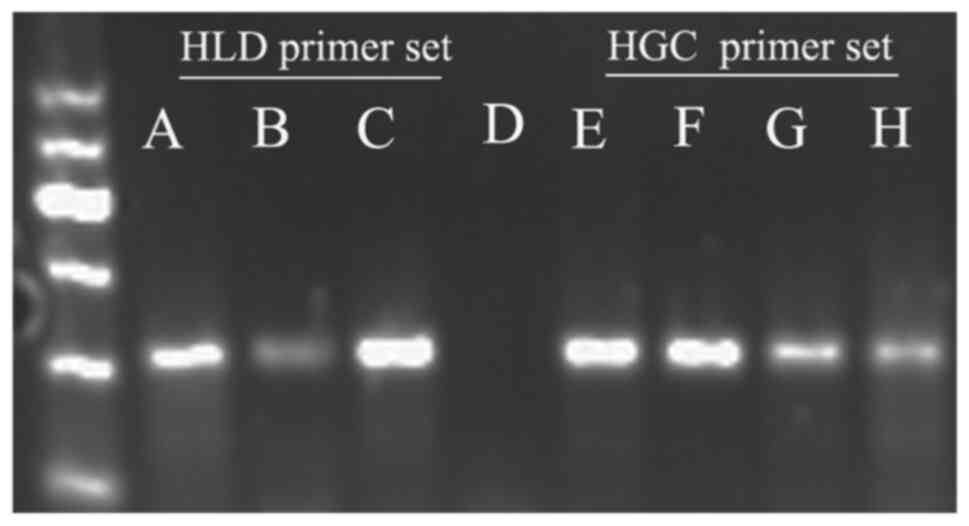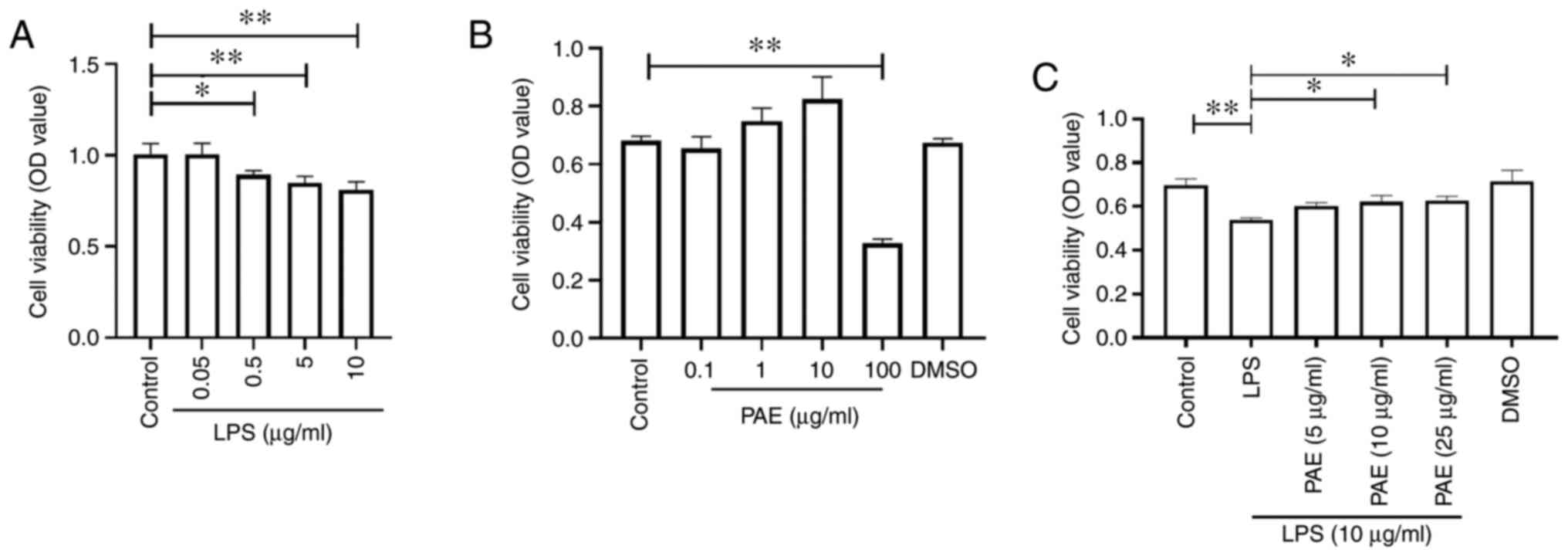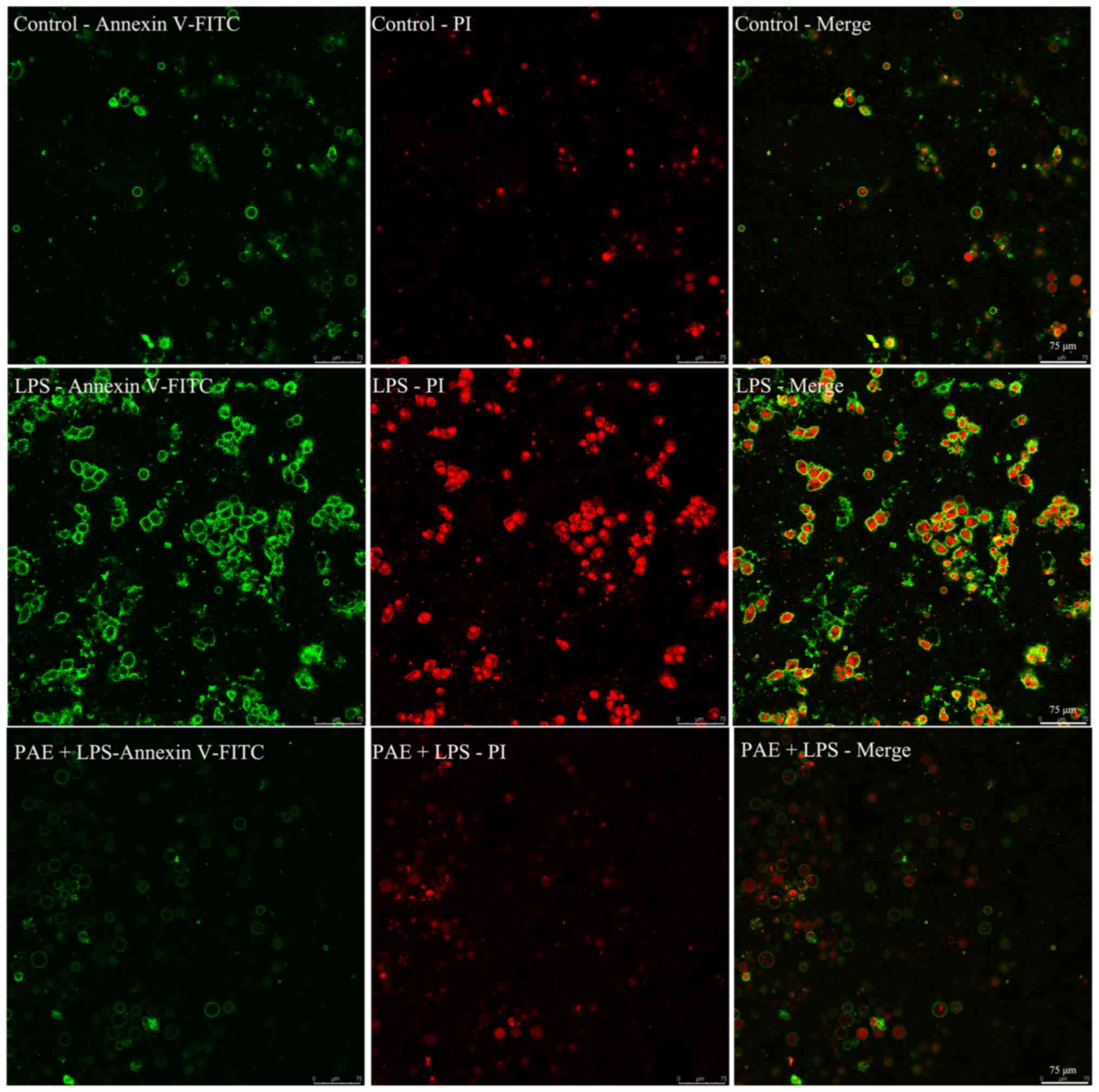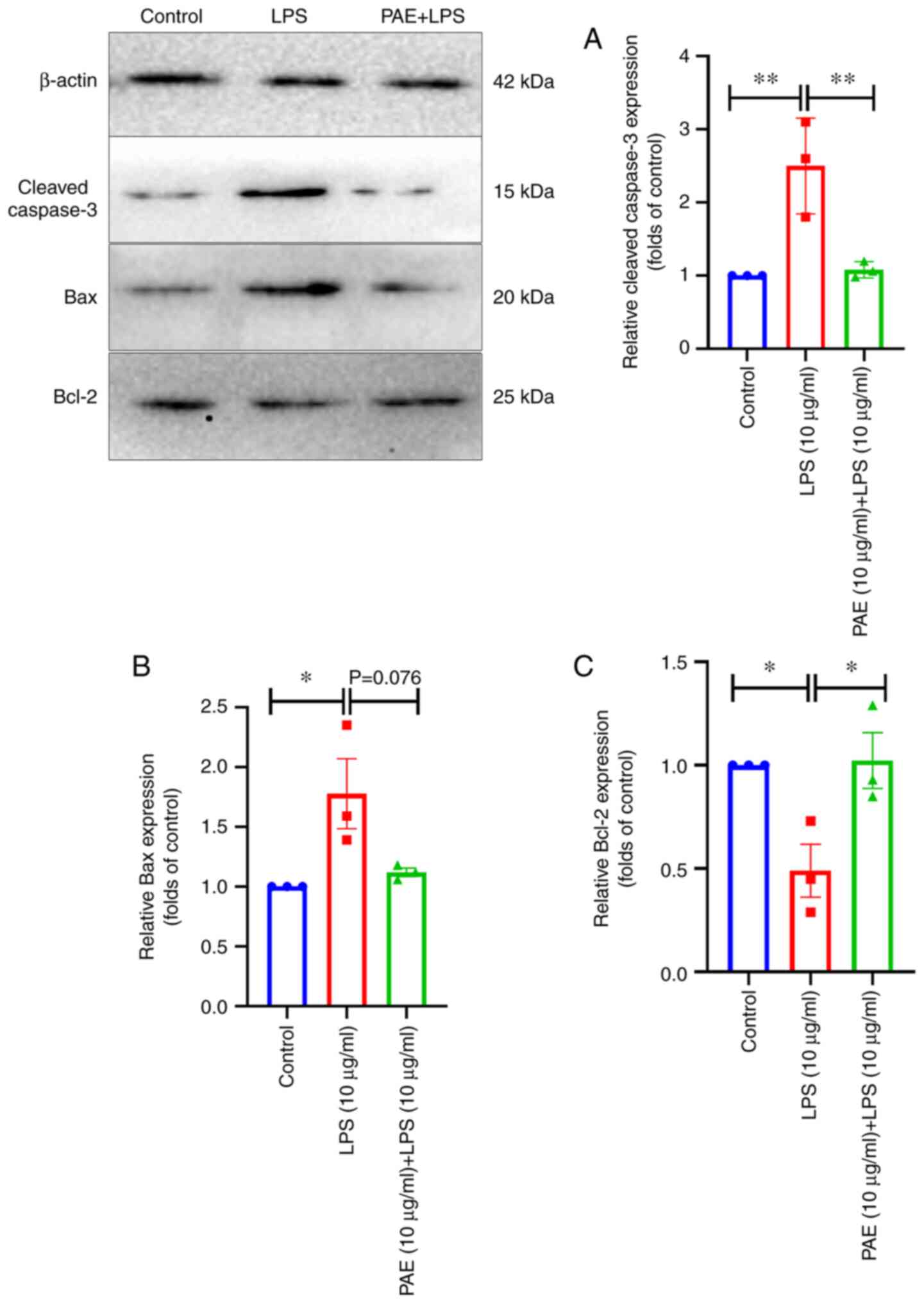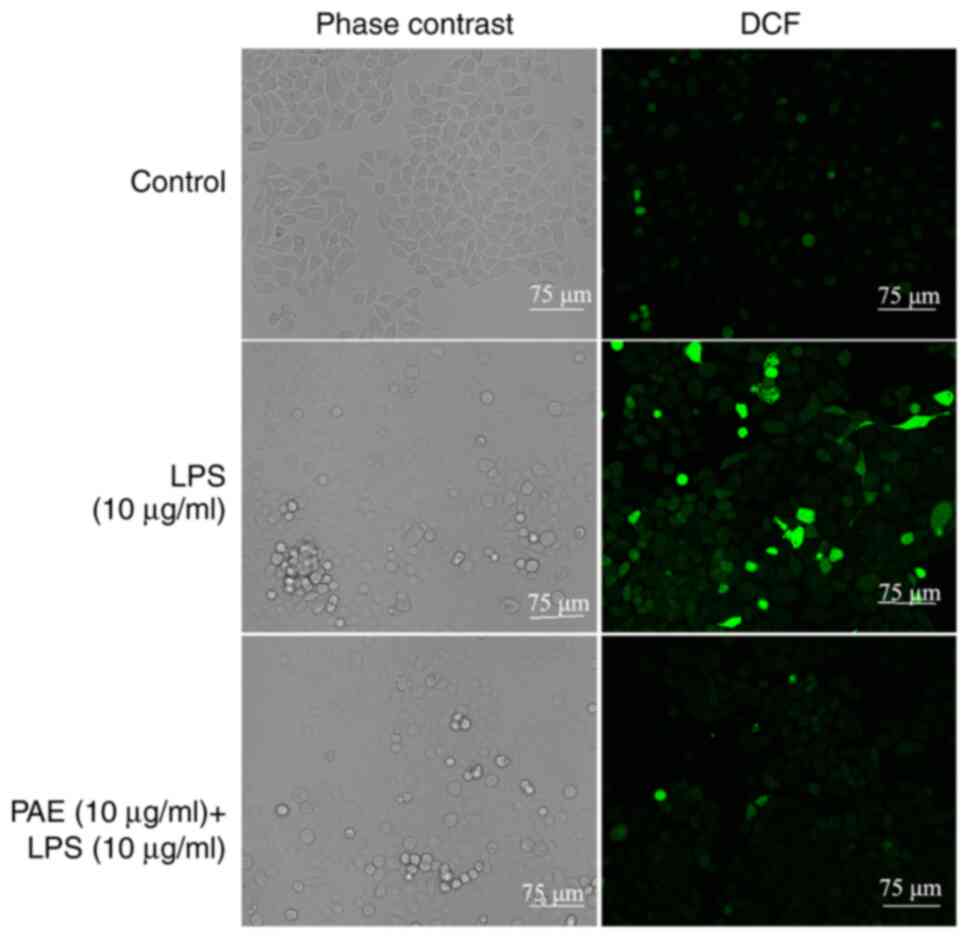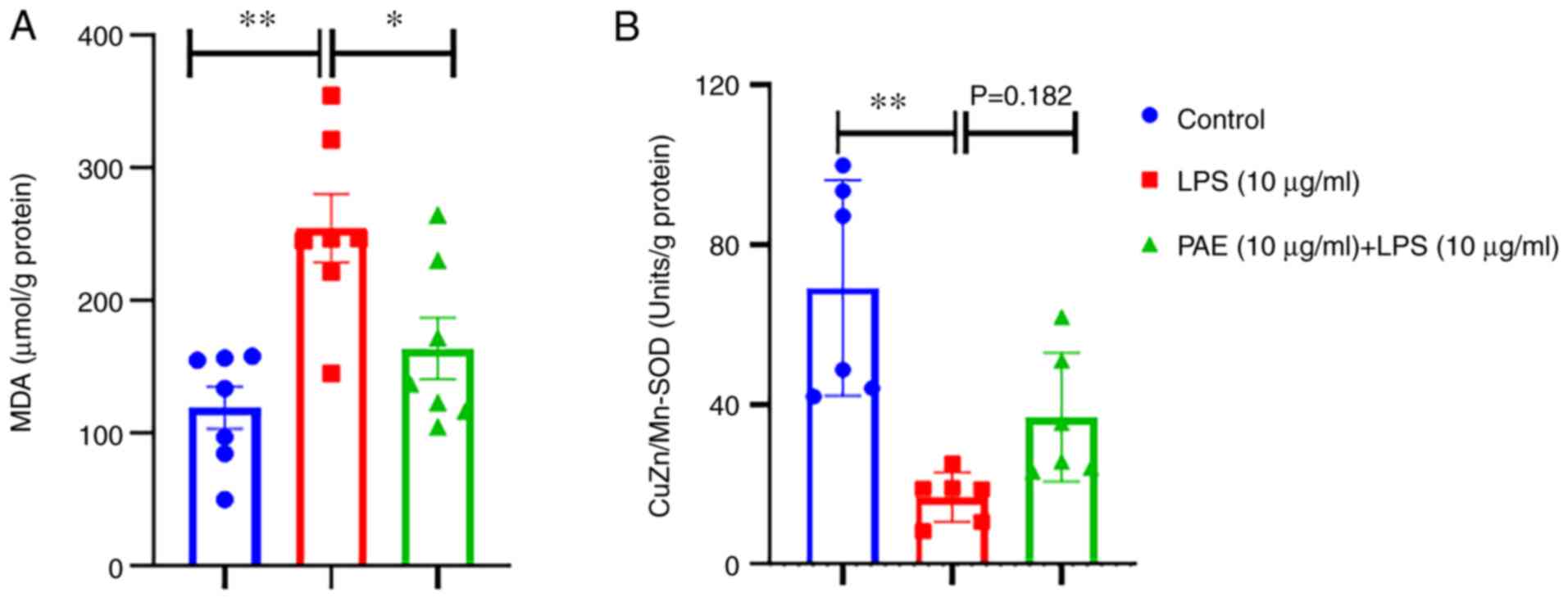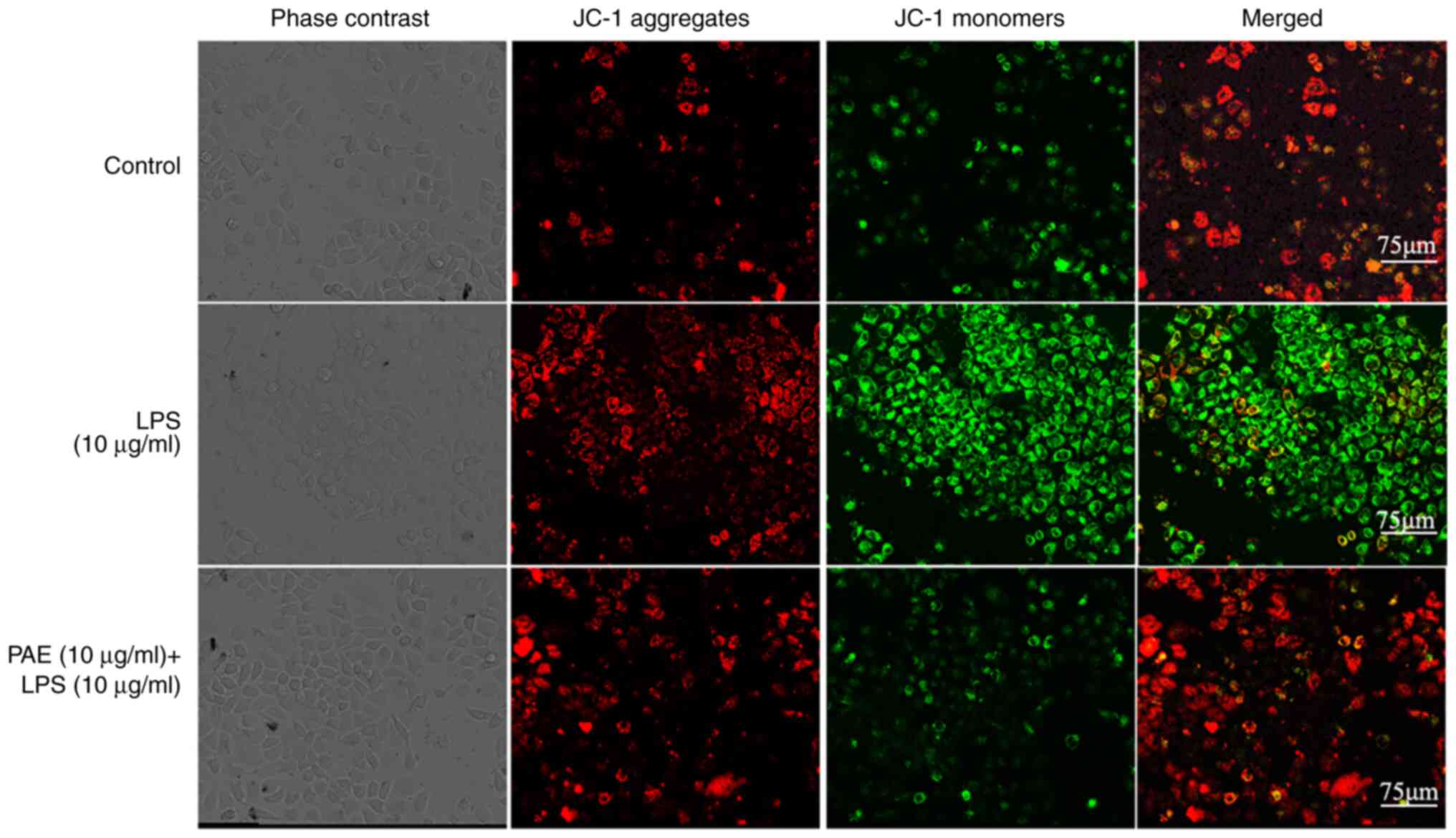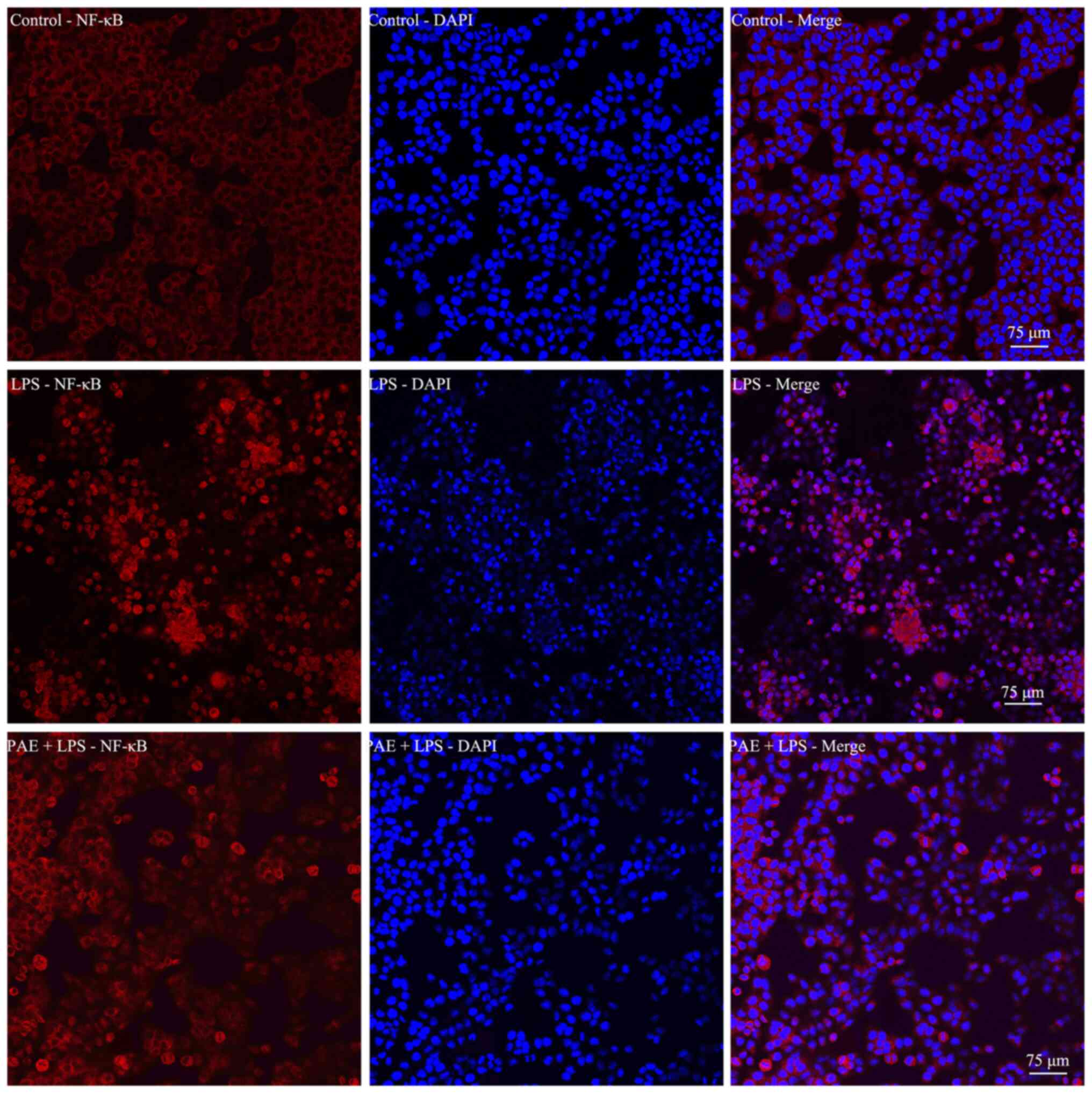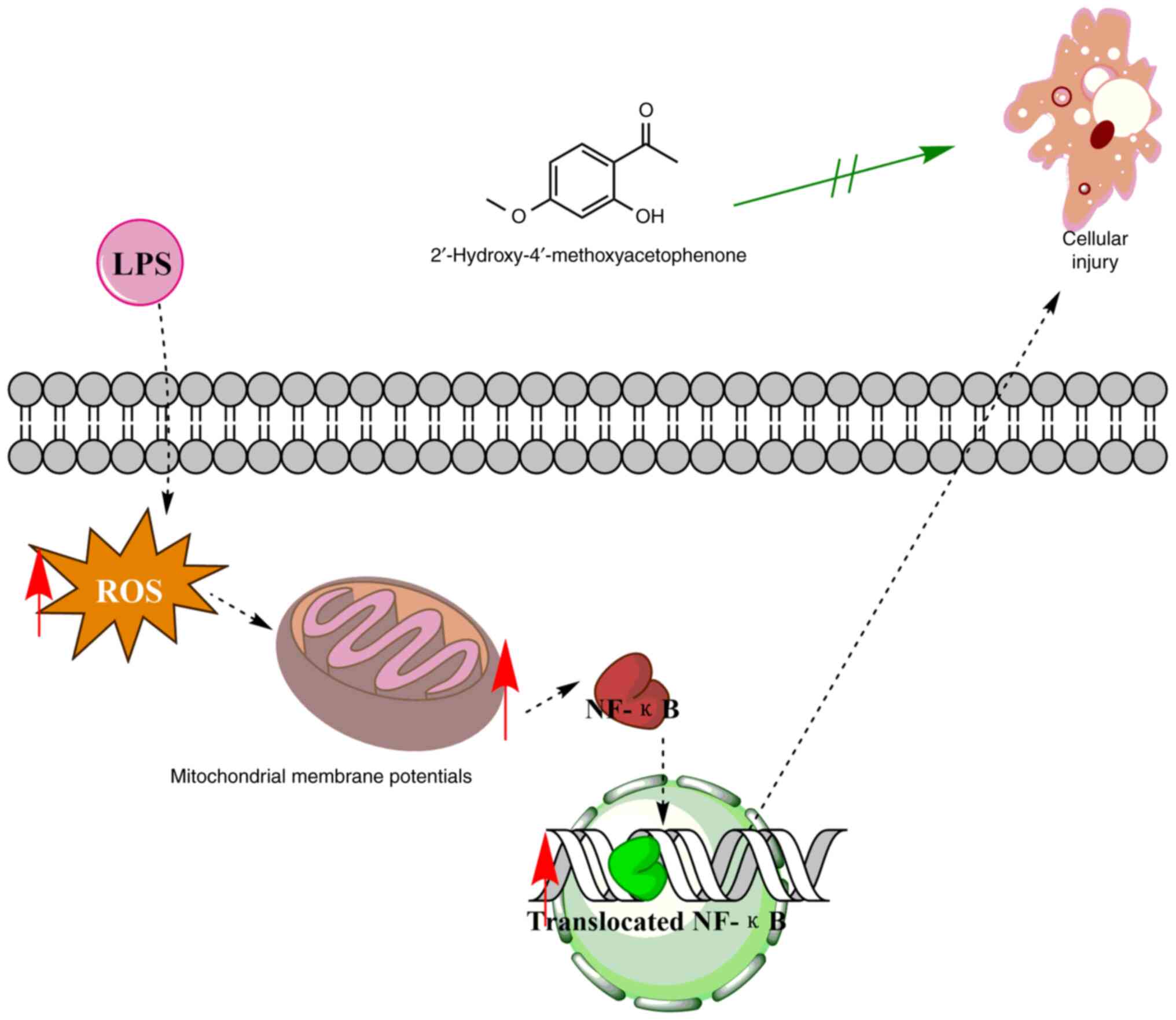|
1
|
Theertha M, Sanju S, Priya VV, Jain P,
Varma PK and Mony U: Innate lymphoid cells: Potent early mediators
of the host immune response during sepsis. Cell Mol Immunol.
17:1114–1116. 2020. View Article : Google Scholar : PubMed/NCBI
|
|
2
|
Vakkalanka JP, Harland KK, Swanson MB and
Mohr NM: Clinical and epidemiological variability in severe sepsis:
An ecological study. J Epidemiol Community Health. 72:741–745.
2018. View Article : Google Scholar : PubMed/NCBI
|
|
3
|
Cohen J: Mechanisms of tissue injury in
sepsis: Contrasts between gram positive and gram negative
infection. J Chemother. 13:Spec No: 1. 153–158. 2001. View Article : Google Scholar : PubMed/NCBI
|
|
4
|
Sygitowicz G and Sitkiewicz D: Molecular
mechanisms of organ damage in sepsis: An overview. Braz J Infect
Dis. 24:552–560. 2020. View Article : Google Scholar : PubMed/NCBI
|
|
5
|
Yan J and Li S and Li S: The role of the
liver in sepsis. Int Rev Immunol. 33:498–510. 2014. View Article : Google Scholar : PubMed/NCBI
|
|
6
|
Hensley MK and Deng JC: Acute on chronic
liver failure and immune dysfunction: A mimic of sepsis. Semin
Respir Crit Care Med. 39:588–597. 2018. View Article : Google Scholar : PubMed/NCBI
|
|
7
|
Woznica EA, Inglot M, Woznica RK and
Lysenko L: Liver dysfunction in sepsis. Adv Clin Exp Med.
27:547–551. 2018. View Article : Google Scholar : PubMed/NCBI
|
|
8
|
Wu CF: A review on the pharmacology of
Paeonia lactiflora and its chemical components. Zhong Yao Tong Bao.
10:43–45. 1985.(In Chinese). PubMed/NCBI
|
|
9
|
Ducki S, Hadfield JA, Lawrence NJ, Zhang X
and McGown AT: Isolation of paeonol from Arisaema erubescens.
Planta Med. 61:586–587. 1995. View Article : Google Scholar : PubMed/NCBI
|
|
10
|
Adki KM and Kulkarni YA: Chemistry,
pharmacokinetics, pharmacology and recent novel drug delivery
systems of paeonol. Life Sci. 250:1175442020. View Article : Google Scholar : PubMed/NCBI
|
|
11
|
Zhang L, Li DC and Liu LF: Paeonol:
Pharmacological effects and mechanisms of action. Int
Immunopharmacol. 72:413–421. 2019. View Article : Google Scholar : PubMed/NCBI
|
|
12
|
Liu X, Xu Q, Mei L, Lei H, Wen Q, Miao J,
Huang H, Chen D, Du S, Zhang S, et al: Paeonol attenuates acute
lung injury by inhibiting HMGB1 in lipopolysaccharide-induced shock
rats. Int Immunopharmacol. 61:169–177. 2018. View Article : Google Scholar : PubMed/NCBI
|
|
13
|
Opal SM: Severe sepsis and septic shock:
Defining the clinical problem. Scand J Infect Dis. 35:529–534.
2003. View Article : Google Scholar : PubMed/NCBI
|
|
14
|
Oswari H, Widjaja RK, Rohsiswatmo R and
Cleghorn G: Prognostic value of biochemical liver parameters in
neonatal sepsis-associated cholestasis. J Paediatr Child Health.
49:E6–E11. 2013. View Article : Google Scholar : PubMed/NCBI
|
|
15
|
Kim TS and Choi DH: Liver dysfunction in
sepsis. Korean J Gastroenterol. 75:182–187. 2020. View Article : Google Scholar : PubMed/NCBI
|
|
16
|
Iketani M, Ohshiro J, Urushibara T,
Takahashi M, Arai T, Kawaguchi H and Ohsawa I: Preadministration of
hydrogen-rich water protects against Lipopolysaccharide-induced
sepsis and attenuates liver injury. Shock. 48:85–93. 2017.
View Article : Google Scholar : PubMed/NCBI
|
|
17
|
Webster GF, Webster TG and Grimes LR:
Laboratory tests in patients treated with isotretinoin: Occurrence
of liver and muscle abnormalities and failure of AST and ALT to
predict liver abnormality. Dermatol Online J. 23:2017.PubMed/NCBI
|
|
18
|
Long J, Wang X, Gao H, Liu Z, Liu C, Miao
M and Liu J: Malonaldehyde acts as a mitochondrial toxin:
Inhibitory effects on respiratory function and enzyme activities in
isolated rat liver mitochondria. Life Sci. 79:1466–1472. 2006.
View Article : Google Scholar : PubMed/NCBI
|
|
19
|
El-Shabrawi MH, Kamal NM, Halawa FA,
El-Guindi MA and Sobhy GA: Serum superoxide dismutase activity in
acute and chronic paediatric liver diseases. Arab J Gastroenterol.
15:72–75. 2014. View Article : Google Scholar : PubMed/NCBI
|
|
20
|
Silwal P, Kim JK, Kim YJ and Jo EK:
Mitochondrial reactive oxygen species: Double-edged weapon in host
defense and pathological inflammation during infection. Front
Immunol. 11:16492020. View Article : Google Scholar : PubMed/NCBI
|
|
21
|
Forrester SJ, Kikuchi DS, Hernandes MS, Xu
Q and Griendling KK: Reactive oxygen species in metabolic and
inflammatory signaling. Circ Res. 122:877–902. 2018. View Article : Google Scholar : PubMed/NCBI
|
|
22
|
Sanderson TH, Reynolds CA, Kumar R,
Przyklenk K and Huttemann M: Molecular mechanisms of
ischemia-reperfusion injury in brain: Pivotal role of the
mitochondrial membrane potential in reactive oxygen species
generation. Mol Neurobiol. 47:9–23. 2013. View Article : Google Scholar : PubMed/NCBI
|
|
23
|
Abu-Qare AW and Abou-Donia MB: Biomarkers
of apoptosis: Release of cytochrome c, activation of caspase-3,
induction of 8-hydroxy-2′-deoxyguanosine, increased 3-nitrotyrosine
and alteration of p53 gene. J Toxicol Environ Health B Crit Rev.
4:313–332. 2001. View Article : Google Scholar : PubMed/NCBI
|
|
24
|
D'Orsi B, Mateyka J and Prehn JH: Control
of mitochondrial physiology and cell death by the Bcl-2 family
proteins Bax and Bok. Neurochem Int. 109:162–170. 2017. View Article : Google Scholar : PubMed/NCBI
|
|
25
|
Baker RG, Hayden MS and Ghosh S: NF-κB,
inflammation and metabolic disease. Cell Metab. 13:11–22. 2011.
View Article : Google Scholar : PubMed/NCBI
|
|
26
|
Zhang G and Ghosh S: Molecular mechanisms
of NF-kappaB activation induced by bacterial lipopolysaccharide
through Toll-like receptors. J Endotoxin Res. 6:453–457. 2000.
View Article : Google Scholar : PubMed/NCBI
|
|
27
|
Hwang CJ, Park MH, Hwang JY, Kim JH, Yun
NY, Oh SY, Song JK, Seo HO, Kim YB, Hwang DY, et al: CCR5
deficiency accelerates lipopolysaccharide-induced astrogliosis,
amyloid-beta deposit and impaired memory function. Oncotarget.
7:11984–11999. 2016. View Article : Google Scholar : PubMed/NCBI
|















